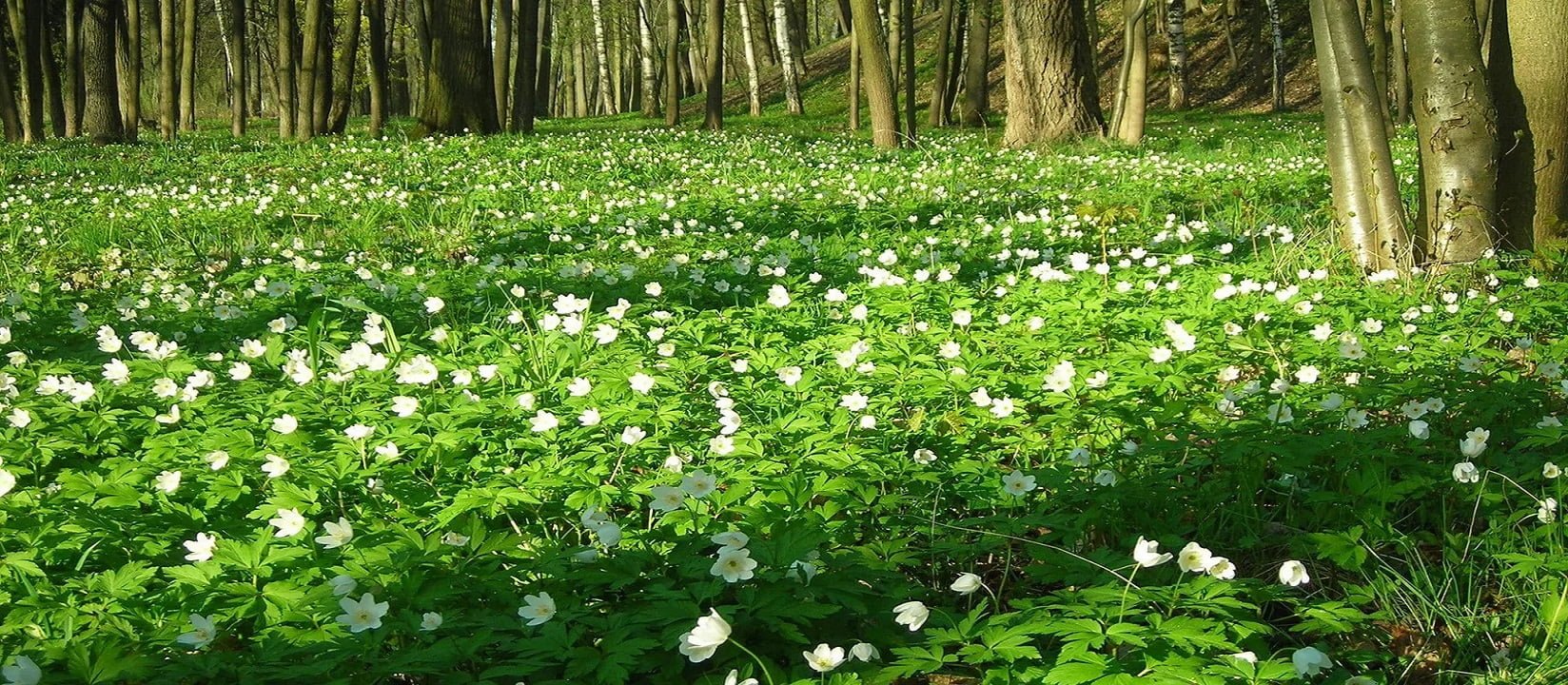
History
The name “Bloodroot” (Sanguinaria canadensis) derives from the red color of the sap inside its roots. This sap contains an organic substance named sanguinarine, amongst other alkaloids. Sanguinarine is proven to kill cancer cells. (See the research references at the bottom of the page).
This plant’s dried root/rhizome is the main active ingredient in Bloodroot Salve. Bloodroot is native to Northern America and is a member of the poppy family. Also known as bloodwort, red puccoon root, pauson, Indian Paint, and tetterwort. Native Americans used this plant to treat skin lesions, cancers, and a range of other conditions in the past. People use it on the skin and also take it orally in tiny doses. The root has antimicrobial, antifungal, anti-inflammatory, and antihistamine action.
Pregnancy Alert
Pregnant women can use Bloodroot Salve on the skin but should not take any internally. There is a risk of abortion.
Natural Health Uses
Today, besides cancer treatment, bloodroot is used for dental hygiene, bronchitis, asthma, croup, laryngitis, pharyngitis, deficient capillary circulation, nasal polyps, rheumatism, warts, moles, skin tags, dental analgesic, fever, and as a general tonic.
Medical Uses
It is labeled an “escharotic,” but the root does not always act in this way. In The Physiomedical Dispensatory 1869, Dr. William Cook M.D. noted that “the powder is also a good application to fungous ulcers; but… does not act as an escharotic, as is generally asserted.” When used to remove warts, moles, and skin tags, an eschar does not usually form.
During the 1850s, Dr. J Weldon Fell from the University of New York became famous in London for his work with breast cancer at the Middlesex Hospital. He used a paste consisting of bloodroot and zinc chloride and the hospital board admitted that his method did away with the need for breast removal, and the cavity left after ‘tumor removal’ healed very well.
Correctly used, it will not harm healthy tissue. Dr Frederic Mohs, a respected surgeon, used a mixture of bloodroot and zinc chloride on skin cancers for this very reason. When it comes into contact with cancerous or pre-cancerous tissue, the tissue dies and becomes eschar (scab).
Commercial uses of sanguinarine and bloodroot extract include dental hygiene products. The United States FDA has approved the inclusion of sanguinarine in toothpastes as an antibacterial or anti-plaque agent. Patents have been taken out for products that use bloodroot for its germicidal properties, and it is used in homeopathy and herbal health.
Research
In the late 1960s, Vipont Pharmaceuticals was formed to specifically research and develop a bloodroot salve for FDA approval. An investigator at the Mayo clinic stated in writing that he had not tested anything that came close to the anti-tumor effect of the bloodroot salve. Toxicity testing showed that the herb is safe for internal use only in very low doses. In high doses, it is toxic and irritant.
Numerous pre-clinical in vitro studies have demonstrated that sanguinarine causes death of human cancer cells (including pancreatic cancer, breast cancer, lung cancer and prostate cancer) with little reaction from normal cells, and recommend future study of sanguinarine as a potential cancer treatment.
References
The Journal of pharmacology and experimental therapeutics: Sanguinarine improved apoptotic cell death in drug-resistant non-small-cell lung cancer cells by tumor necrosis factor-related apoptosis-inducing ligand-based treatment.
Molecular Cancer Therapeutics 2004 Aug;3(8):933-40: Sanguinarine causes cell cycle blockade and apoptosis of human prostate carcinoma cells
Sanguinarine induces apoptosis of human pancreatic carcinoma cells via modulations in Bcl-2 family proteins (Haseeb Ahsan, Shannon Reagan-Shaw, Jorien Breur, Nihal Ahmad).
Also see
- The history of bloodroot salve
- The ingredients of bloodroot salve
- Using bloodroot salve
- Choosing a bloodroot salve
- DMSO
- DMSO on Wikipedia
- Comparison table of bloodroot salves
